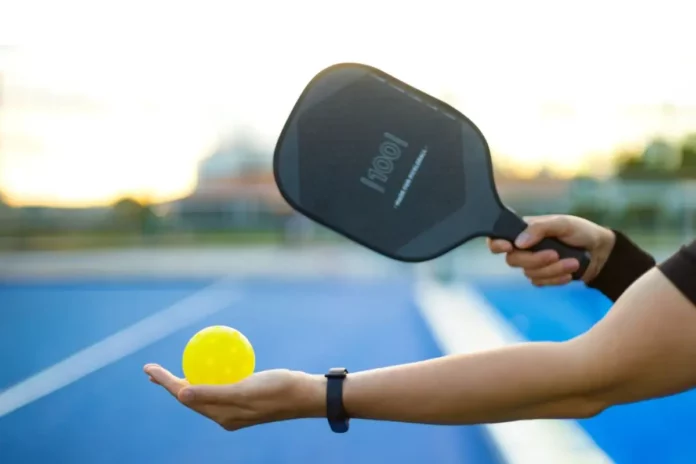Understanding Pickleball Ratings: Determining a pickleball skill level provides essential insight into strengths, areas for improvement, and performance compared to other players. This explains three main rating systems, outlines self-assessment methods, and describes the progression of skill levels. With this understanding, players can set clear goals and track development effectively.
Rating Systems in Pickleball
USA Pickleball Tournament Player Ratings (UTPR)
UTPR, established by USA Pickleball, is a widely recognized system for competitive players. It evaluates skills based on results from sanctioned tournaments, assigning two-digit and four-digit ratings.
The four-digit ratings are often used for seeding in tournaments. However, UTPR focuses exclusively on tournament outcomes and does not account for recreational play.
Dynamic Universal Pickleball Ratings (DUPR)
Developed by Major League Pickleball, DUPR offers a more inclusive rating system by incorporating recreational and competitive matches.
It considers factors such as match type, opponent skill level, and score, providing an evolving and comprehensive reflection of a player’s abilities. This versatility makes DUPR accessible to a broader range of players.
Universal Tennis Rating (UTR)
Initially designed for tennis, UTR has begun extending into the pickleball community. It evaluates players across both sports using detailed performance metrics. Although still emerging in pickleball, UTR’s established reputation in tennis suggests its potential as a future standard.
Self-Assessment for Pickleball Skill Levels
For non-tournament players, self-assessment offers a practical way to gauge abilities. The USA Pickleball skill ratings provide a framework for identifying proficiency:
- Beginner (1.0–2.0): Focused on learning rules and basic techniques.
- Novice (2.5): Capable of short rallies and improved forehand control, but challenges remain with consistent returns and positioning.
- Intermediate (3.0–3.5): Demonstrates basic shot consistency and an emerging understanding of strategy.
- Advanced Intermediate (4.0): Displays solid accuracy, control, and adaptability in positioning.
- Advanced (4.5–5.0): Proficient in advanced techniques, strategic play, and tactical adjustments.
- Professional (5.5+): Mastery across all aspects, including shot placement, positioning, and decision-making, with participation in high-level tournaments.
Steps for Self-Assessment
- Evaluate Core Skills: Assess shot control, accuracy, and consistency, focusing on areas essential to competitive play.
- Review Strategic Play: Examine the ability to recognize weaknesses in opponents and adapt strategies during matches.
- Analyze Court Awareness: Consider footwork, movement, and positioning during games, particularly in doubles play.
- Reflect on Game Results: Track performance against opponents of similar or higher skill levels to determine readiness for the next rating tier.
- Seek Feedback: Consult with rated partners or coaches to receive objective assessments of strengths and areas needing improvement.
Improving a Pickleball Rating
Consistent Practice and Drills
Regular practice targeting serves, shot accuracy, and movement is vital. Drills focusing on dinking, volleying, and spin shots help develop control and consistency.
Address Weaknesses
Identifying and working on challenges such as mobility, backhand shots, or defensive strategies contributes to well-rounded gameplay.
Engage in Regular Competition
Participation in recreational and competitive matches offers valuable experience. Using rating systems such as DUPR or UTPR allows for tracking progress over time.
Professional Coaching and Clinics
Coaching provides personalized instruction, while clinics and group lessons offer structured opportunities to build skills and receive feedback from experienced players.
News in Brief: Understanding Pickleball Ratings
Estimating a pickleball rating helps players understand their skill level and identify areas for improvement. This explores three major rating systems—UTPR, DUPR, and UTR—and provides a framework for self-assessment and skill development. By practicing consistently, addressing weaknesses, and engaging in competitive play, players can enhance performance and advance through skill levels effectively.
ALSO READ: 5.0 Pickleball Mastery: Perfect The Serve, Return, and Mental Game with These Drills

